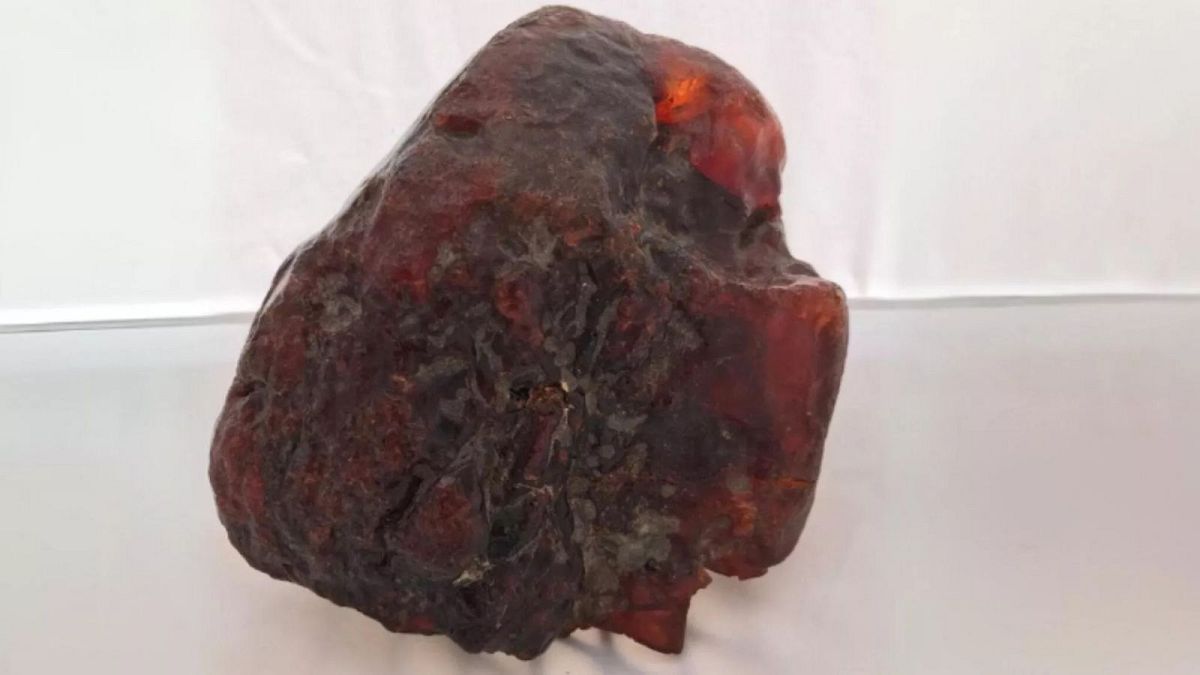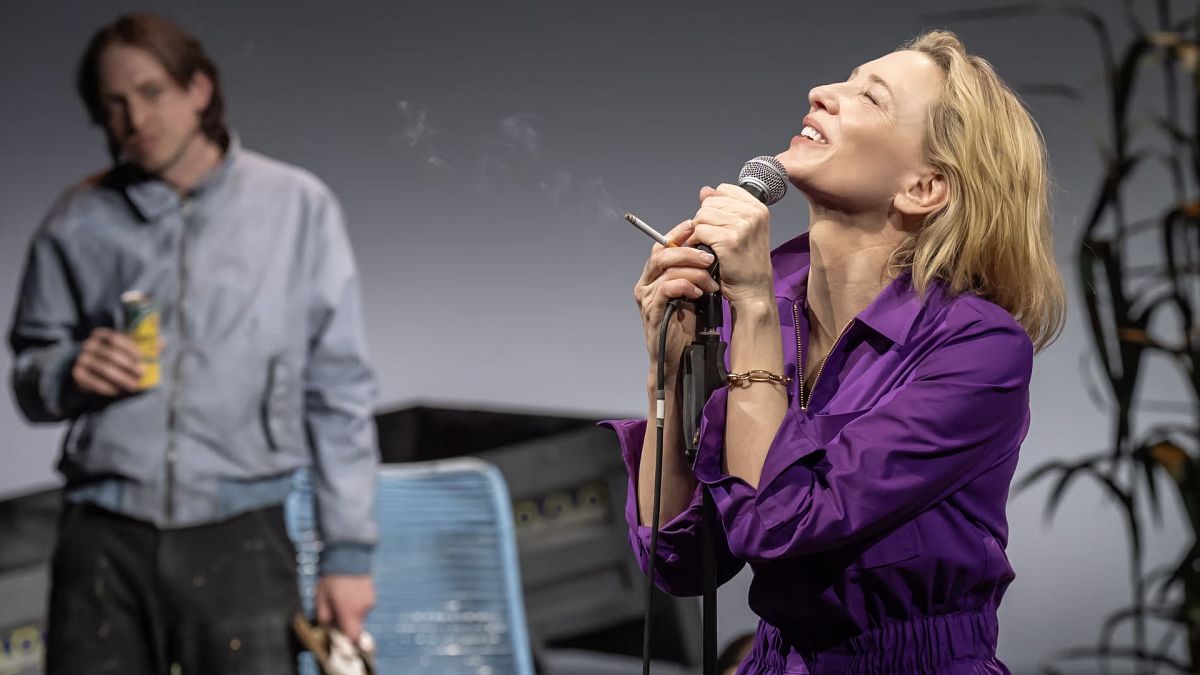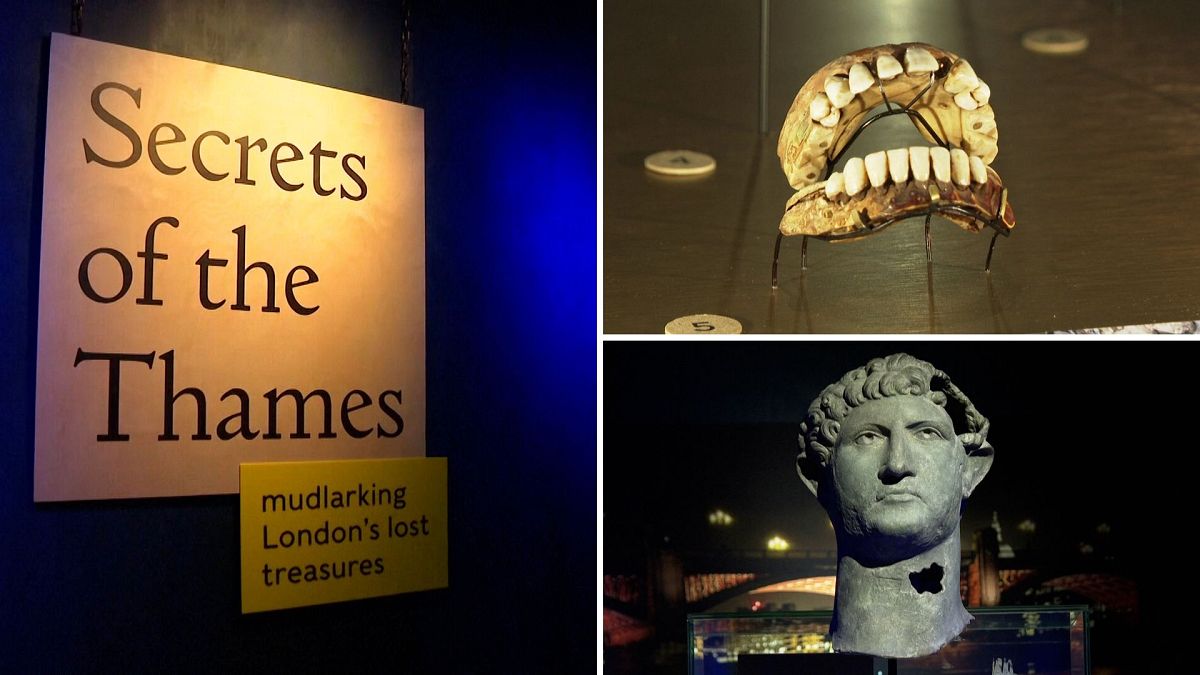The Museum of Fine Arts commemorates Mihály Munkácsy, who was born 180 years ago, with a major exhibition. The exhibition presents the entire career of the Hungarian painter, who resided in Paris, as well as explores the artistic, social and economic context linked to his career.
More than a hundred Munkácsy paintings, hand-made reductions, sketches, archival photographs, Munkácsy relics and works by the painter's contemporaries will be on display at the exhibition opening on 27 November.
"Munkácsy - Story of a worldwide sensation" presents the main directions of the painter's art in six rooms, and marks the 180th anniversary of his birth and 125th anniversary of his death (1844–1900).
Iconic early realist pieces such as "The Burying Butler" will be on display, as well as huge tableaux such as "Golgotha", transported from Debrecen to the Szépművészet.
The exhibition - and the curatorial guided tour of the exhibition - strongly emphasises the star Munkácsy was in his day, but also shows that his talent was not the only factor.
"In addition to his outstanding artistic abilities, he needed patrons: the French wife who introduced him to Parisian society and the art dealer who inspired his subjects," László Baán, Director General of the National Gallery of Fine Arts, told Euronews Culture.
"It was Sedelmayer's idea to paint the life of Jesus, for example, and not just any life, but giant works, which he then showed in travelling exhibitions in Europe and America, where they were seen by millions of people. And then, of course, Munkácsy was so inundated with orders that he was the most expensive artist of his time."
It wasn't easy to get the paintings from private and public collections abroad for the exhibition, but curator Réka Krasznai says that the biggest logistical challenge was the giant paintings "Golgotha" and "The Conquest of Hungary", which were transported from Debrecen and the Parliament to the venue.
At the same time, they were able to draw on the two major Munkácsy exhibitions to date: the 1952 one at the Kunsthalle and the 2005 one at the National Gallery.
"In fact, I tried to combine the lessons of these two exhibitions in a way that would show the whole oeuvre, from the major works in the National Gallery to the large monumental works to the latent, hidden masterpieces in private collections," curator Réka Krasznai Krasznai told Euronews Culture.
The exhibition will be on display at the Museum of Fine Arts in Budapest until the end of March 2025.

 4 months ago
39
4 months ago
39






 We deliver critical software at unparalleled value and speed to help your business thrive
We deliver critical software at unparalleled value and speed to help your business thrive






 English (US) ·
English (US) ·